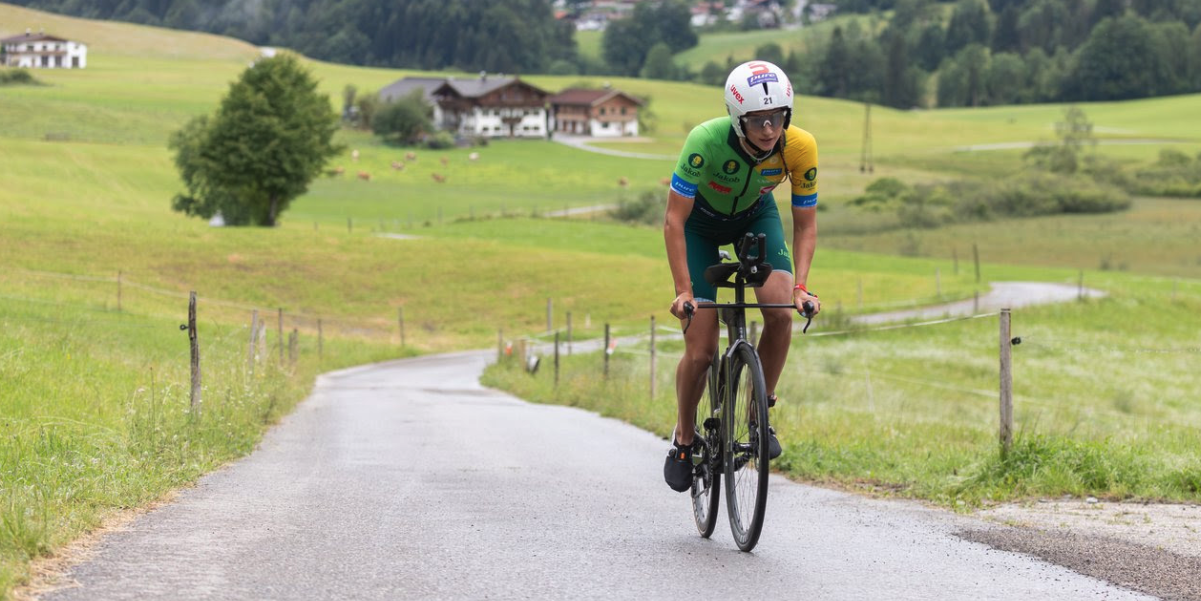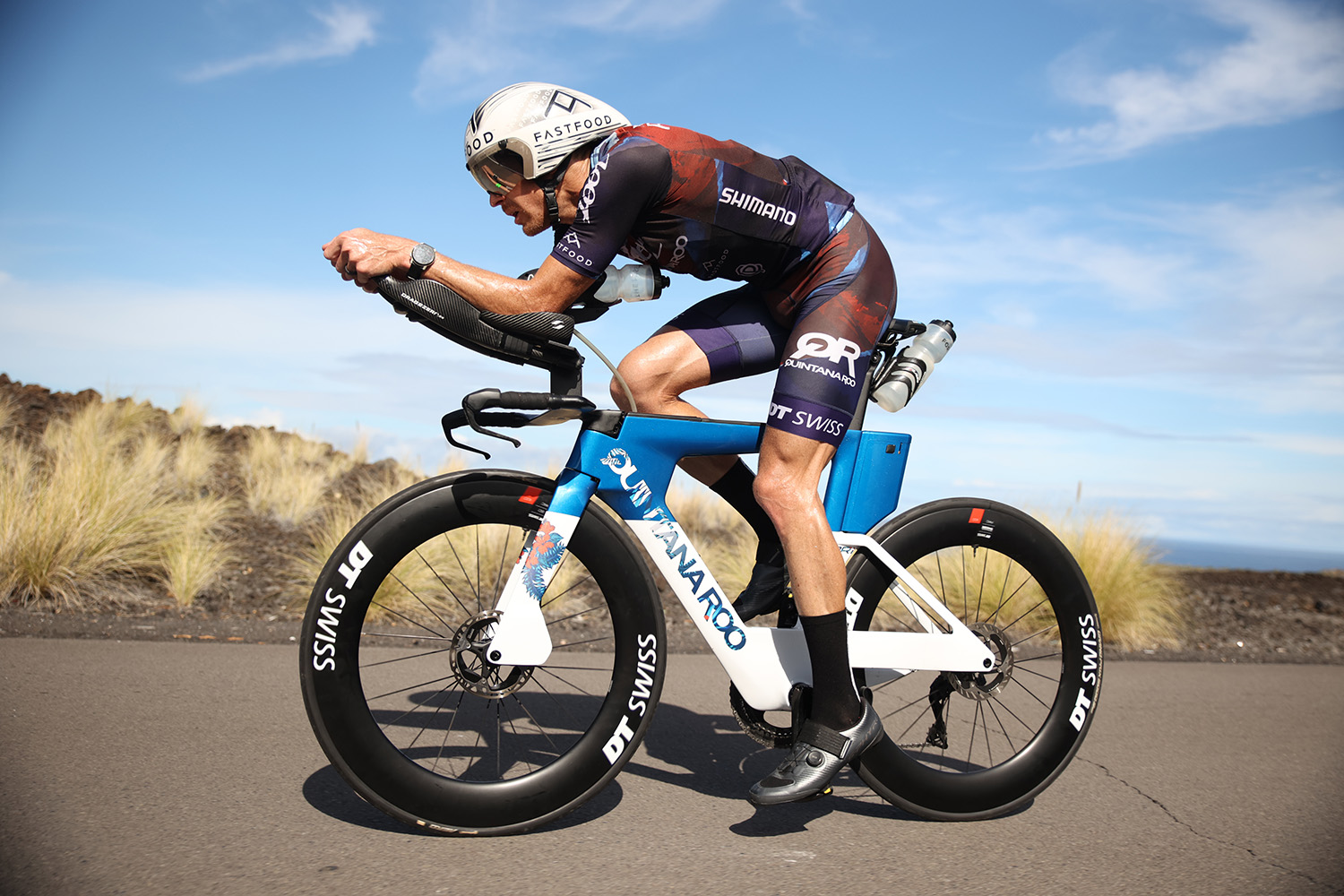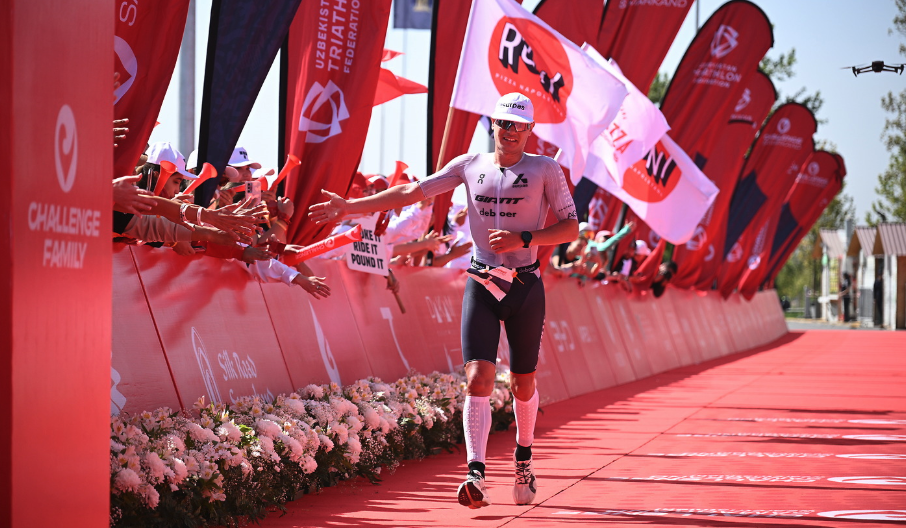Having won Challenge Kaiserwinkl-Walchsee three times in a row himself, PRO triathlete Frederic Funk shares his top tips for age-groupers on how to make the most of this tough – but ‘iconic’ – Middle Distance race.
TRI247 caught up with Funk, currently ranked #15 in the world, to get his top tips for age groupers set to toe the start line at Challenge Kaiserwinkl-Walchsee this June. Part of the article below:
Is it better to race on a road bike or a TT bike on such a hilly course?
The bike course at Challenge Kaiserwinkl-Walchsee features 1200m/4000ft of climbing. So for plenty of age-groupers, there’s a bit of a debate to be had about whether the aero savings of a TT bike might be outweighed by the easier handling of a road bike. So what does uber-biker Funk have to say on the matter?
“Make sure you are racing on the bike you feel the most comfortable with for climbing and cornering. A TT bike might be faster, but only if you practice climbing, descending and cornering. Otherwise a road bike might be the smarter and safer choice for this kind of course.”
If you’re a confident descender and you’ve been able to spend plenty of time practicing your bike handling skills on your TT bike in training, then make the most of the aero gains. But if you’re likely to end up spending most of your time sat up, pulling the brakes. The extra confidence a road bike might give you on the downhills could end up being quicker overall.
Don’t grind over every single climb
“Walchsee has mostly shorter climbs, but there are a lot of them,” says Fred. “You will definitely feel it by the end of the bike section.”
Being able to recover between the efforts on the uphill is key, and thankfully it’s something you can practice and improve on prior to race day. “Practice this kind of undulating terrain in training,” Funk recommends. “Or you can simply do some intervals where you are going over race pace for shorter periods, then return straight back to race pace – or a little easier than race pace.”
By simulating the short, sharp efforts you’ll need to put out to ascend the climbs on race day in training. You can train your body to recover faster between efforts – leaving you with enough in the tank for the run.
More tips and full article here.



